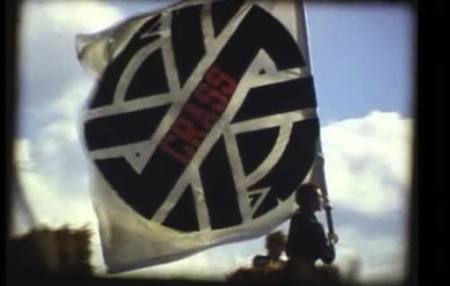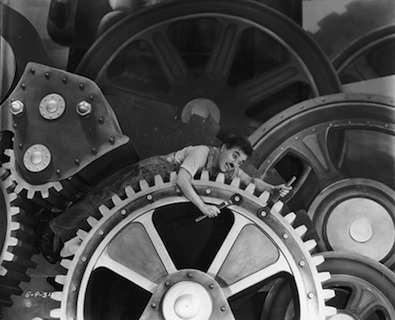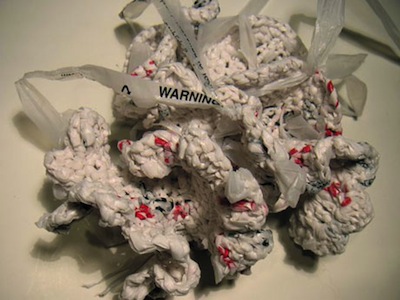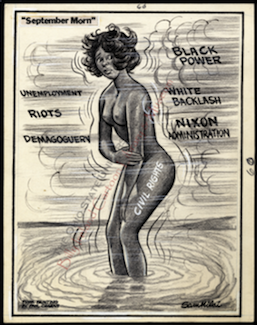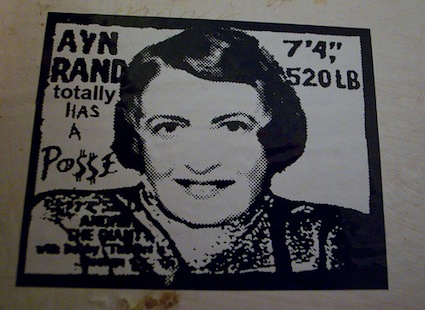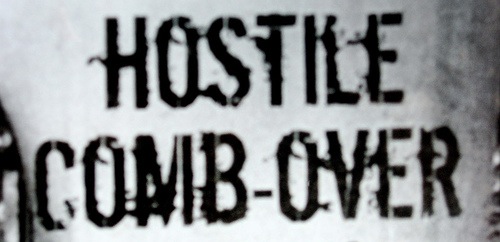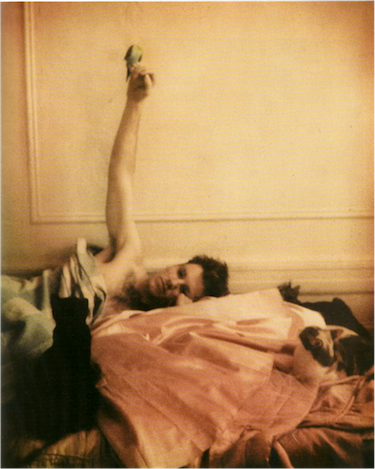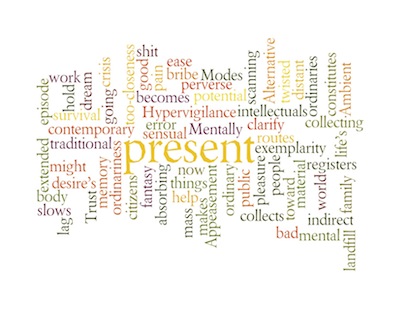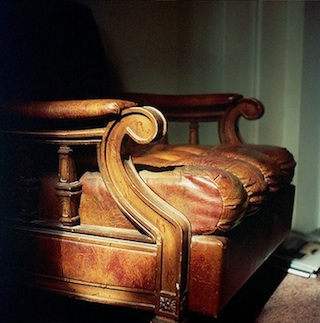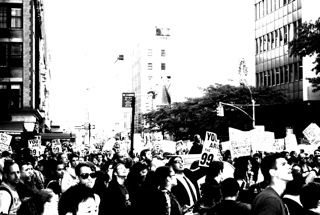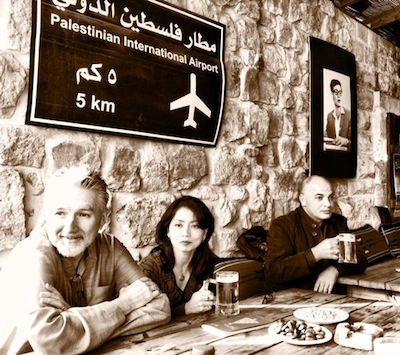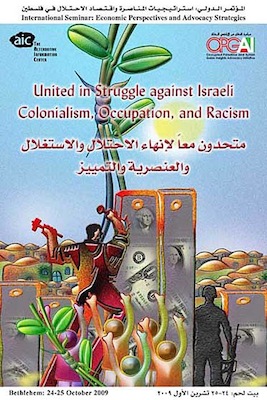If the events of history, as Karl Marx once famously argued, happen first as tragedy and recur as re-enacted farce, the reoccurrence of any number of harbingers of doom typical of the last great global recession of the 1970s … Continue reading “Retromania, the Canon, the Refusal to Work and the Present: The Crassical Connection”
Archives: Periscope Articles
Periscope articles and content
Imagining Non-Work
kathi weeksThe concept of a “jobless recovery” offers just one more example of the many ways that work is not working as a system of income allocation, pathway to individual achievement, or mode of social belonging. And yet, the only … Continue reading “Imagining Non-Work”
On Cruel Optimism
sianne ngaiTeaching “Sex in Public” (1998) a few months ago while in the middle of reading Cruel Optimism, I was struck anew by the moment when Berlant and Warner confront Biddy Martin’s critique of an aversion to the ordinary in … Continue reading “On Cruel Optimism”
Other People's Precarity
rebecca wanzoIn 1969 Pittsburgh Courier cartoonist Sam Milai published a political cartoon, “September Morn,” a riff on the Paul Chabas painting that depicts a young woman bathing nude. The erotic painting positions the viewer as voyeur who looks on her … Continue reading “Other People's Precarity”
Optimistic Cruelty
Lisa DugganLauren Berlant’s Cruel Optimism has the uncanny quality of illuminating for readers what we believe we already knew. Her renderings of the affective quality of everyday life at the center of a declining US American empire, offered to us … Continue reading “Optimistic Cruelty”
on (not) mentoring
kandice chuhThe subject of the combover stands in front of the mirror just so, to appear as a person with a full head (of hair/ideas of the world). Harsh lighting, back views, nothing inconvenient is bearable in order for the … Continue reading “on (not) mentoring”
Cruel Optimism for the Neurologically Queer
Micki McGeeCruel optimism is the provocative concept Lauren Berlant has given to a phenomenon endemic to the present political and affective moment: the holding up of hope as a means of stifling dissent, forestalling change, and ultimately rendering any array of … Continue reading “Cruel Optimism for the Neurologically Queer”
Living the Wrong Life Otherwise
José Esteban MuñozLauren Berlant’s Cruel Optimism risks thinking the utopian in ways that are both bold and revelatory. My reflections on Berlant’s already influential book open with me taking the liberty of positioning Berlant’s work alongside my own writing on utopia. … Continue reading “Living the Wrong Life Otherwise”
How Does It Feel?
kayla wazana tompkinsAs someone who has been writing about food and eating for a long time, I am most intrigued with Cruel Optimism‘s engagement with eating in the third chapter, “Slow Death: Sovereignty, Obesity, Lateral Agency.” My sense is that food exists … Continue reading “How Does It Feel?”
Tone on the Range
kathryn bond stocktonLauren’s thought is fat: rich and extensive, spreading with pleasure. And I’m headed to murder, fat, and luxury as I seek to fete her. First, however, something in Lauren’s tone is moving. The sly, alluring sadism of optimism … Continue reading “Tone on the Range”
Conversation: Lauren Berlant with Dana Luciano
lauren berlantDana Luciano: I’d like to start by pressing further on your comment (Cruel Optimism 21) about the need to invent new genres for theorizing, genres that can more effectively register, assess and imagine forms of response to the “new ordinary” … Continue reading “Conversation: Lauren Berlant with Dana Luciano”
Is This What Democracy Looks Like?
Social Text CollectiveClick here to read. This dossier takes its cue from one of the Occupy movement’s bedrock slogans, “This Is What Democracy Looks Like” (though this was first nurtured, as were many Occupy paradigms, tactics and customs, in the global … Continue reading “Is This What Democracy Looks Like?”
Palestine
Social Text CollectiveIn January 2012, a delegation of scholars and teachers working in the United States went on a week-long investigative trip to Israel/Palestine organized by the US Campaign for the Academic and Cultural Boycott of Israel. The trip resulted in a … Continue reading “Palestine”
Statement of USACBI Delegation to Palestine
Neferti X. M. TadiarWe are a group of scholars and academics who teach at universities in the United States who were part of a January 2012 delegation sponsored by the US Campaign for the Academic and Cultural Boycott of Israel, which was … Continue reading “Statement of USACBI Delegation to Palestine”
The US Academic and Cultural Boycott of Israel: Unsettling Exceptionalisms
Sunaina MairaOn July 1, 2011, the US Campaign for the Academic and Cultural Boycott of Israel (USACBI), sent a letter to several scholars at US universities, inviting them to join a historic delegation to Palestine. The letter began:


